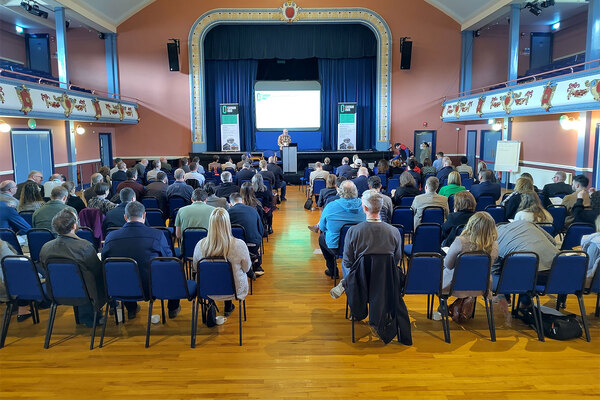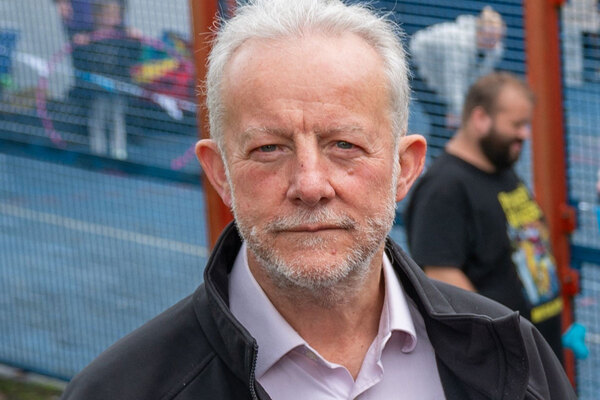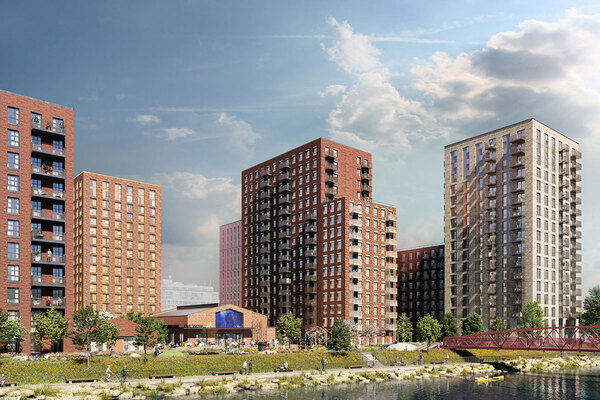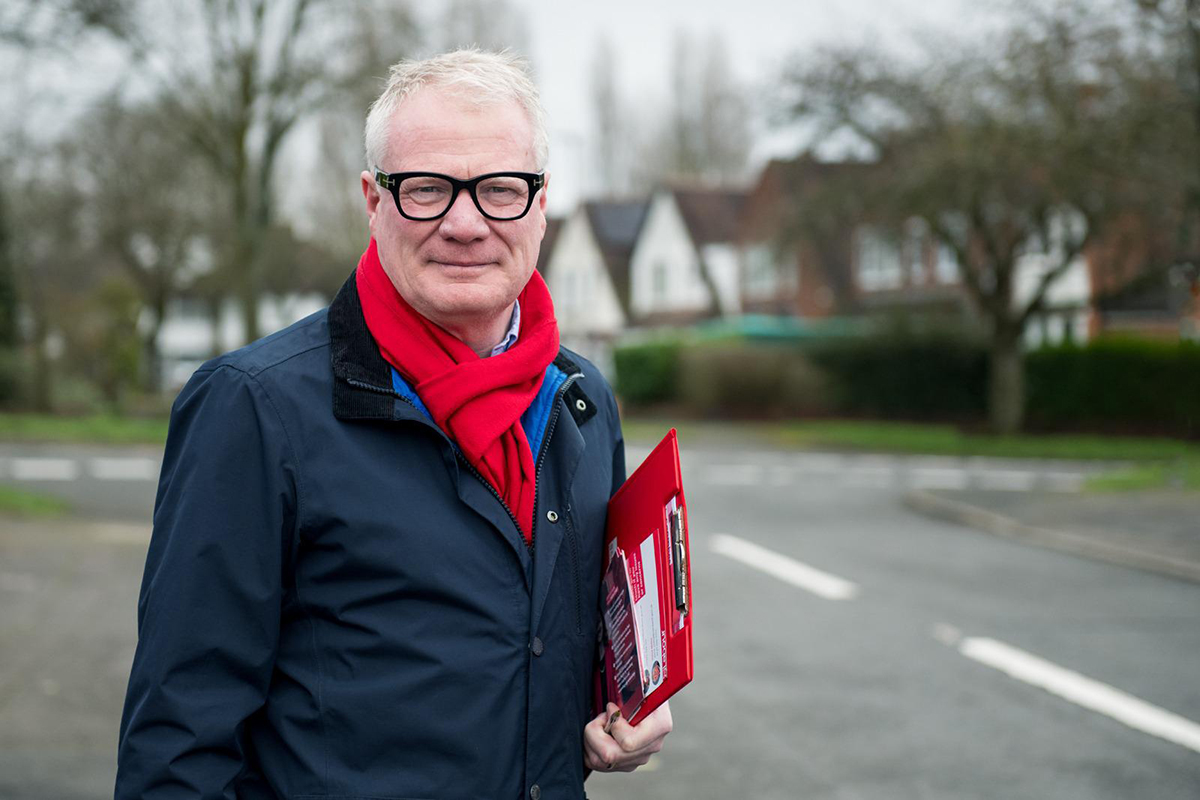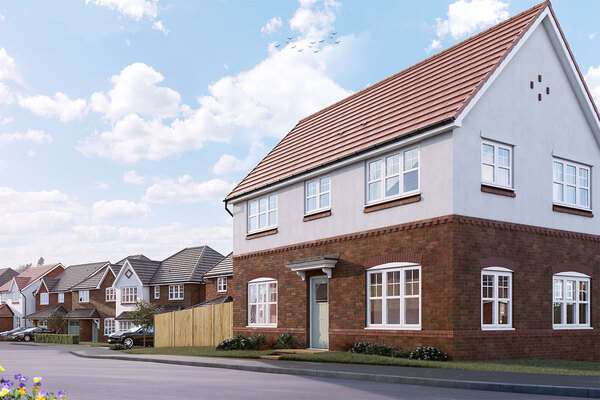You are viewing 1 of your 1 free articles
Housing and immigration
Housing and immigration are linked in the minds of voters and will be prominent this year because of Brexit, says Colin Wiles
Four years ago I was brave (or foolish) enough to write a blog for Inside Housing on immigration. It was the most read and commented-on blog I’ve ever published, with more than 10,000 views and 504 comments, many hostile.
Read any story on housing in the national or regional press and I can guarantee that the readers’ comments section will be dominated by views on immigration. Simply put, these people believe “no immigrants, no housing problem”. Housing and immigration are joined at the hip in the minds of millions of voters, although few in our sector seem willing to accept this or to engage in debate with those who make the anti-immigrant, anti-housing case.
So I hesitate to raise the issue again, but Brexit means the debate about housing and immigration is set to command the coming months. Put simply, if we have “taken back control”, why will we need to build so many houses?
The latest figures from the Office for National Statistics show net inward migration running at 327,000, of which 180,000 were EU citizens and 190,000 non-EU citizens (43,000 British citizens left the country). This is despite David Cameron’s pledge to reduce net migration to below 100,000.
“Housing and immigration are joined at the hip in the minds of millions of voters, although few in our sector seem willing to accept this.”
But a new report from Cambridge University’s Centre for Business Research suggests net migration could be halved to 165,000 from 2020 once Brexit kicks in.
The report also questions many of the Treasury’s assumptions about trade, exports and the state of the economy that were made during the referendum campaign and presents a generally more optimistic outlook. The Daily Telegraph’s coverage of this report suggests that this could “help to solve the housing crisis” by reducing demand, increasing wages and reducing house prices for those on lower incomes.
This issue has already prompted a number of Conservative MPs to question the government’s housebuilding plans and to ask why any green belt or other countryside needs to be built upon. A recent article in The Telegraph quotes a number of Tory MPs who are prepared to vote against the government’s reforms of the planning system and its plans to increase housebuilding, particularly if they impact upon the green belt. A “huge backlash in Middle England” is predicted.
I confess I don’t fully understand the University of Cambridge figures. If non-EU immigration is running at 190,000 a year, this implies that net EU immigration will fall almost to nothing and yet the country is still going to need to import labour, under some kind of visa system, to work in sectors like construction and care, which are both critical to housing.
But even if net immigration does reduce to 165,000 a year, there is still a deficit of well over one million homes from our failure to build enough over the past 40 years.
Moreover, national statistics show that the population of the UK grew by 513,000 in 2015, which included natural growth (more births than deaths) of 171,800, and net inward migration of 335,600. So even if net migration is halved that means the UK population is still likely to increase by at least 350,000 people each year.
Given that housebuilding targets are based on household formation forecasts, and in the light of past building failures, that still leaves an urgent requirement to build at least 200,000 homes a year for the foreseeable future. The sector needs to be robust in making this case for post-Brexit Britain.
But as ever, in this post-truth world, politics and prejudice are likely to trump facts and forecasts, so we can expect to see an unholy battle within the Conservative Party about the need to increase housebuilding. I have no doubt Sajid Javid is sincere when he says “it’s time to get building”.
He has even urged planners to face down the nimbys, saying “local leaders must be prepared to make difficult calls, even if they’re unpopular”. This is why the publication of his White Paper and the debates that follow are going to be so important.
I have studied dozens of nimby campaigns over the past few years. They all use the same arguments about roads, infrastructure, sewage, schools, protecting the countryside – too high, too ugly, anywhere but here, etc. etc.
Unfortunately the Brexit debate about “taking back control” of immigration is going to give them one more powerful argument to oppose new homes. And it is an argument that appears to resonate powerfully in Middle England and among those Conservative MPs who can influence future policy.
Colin Wiles, independent housing consultant


